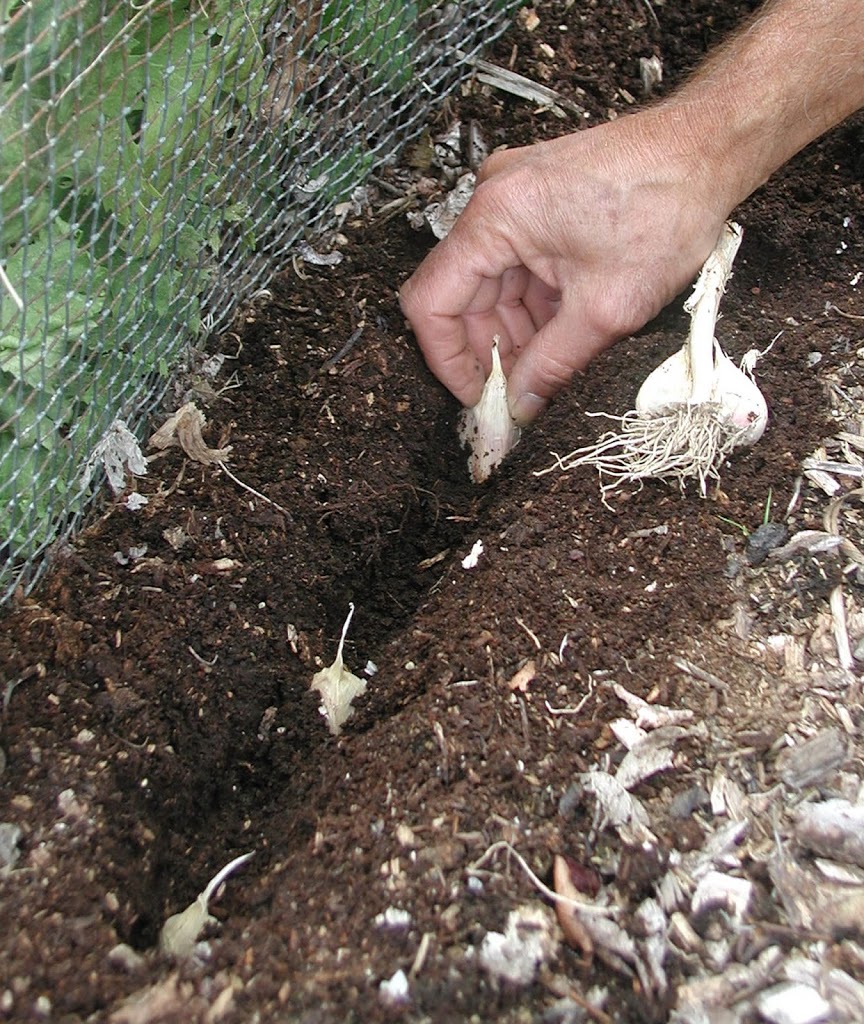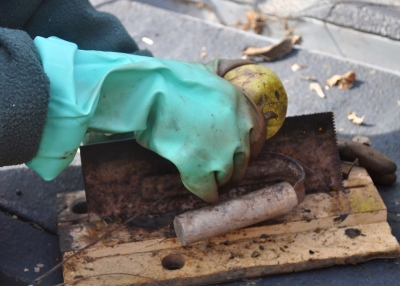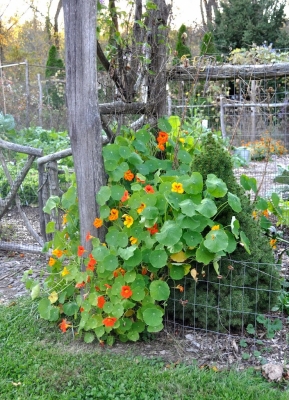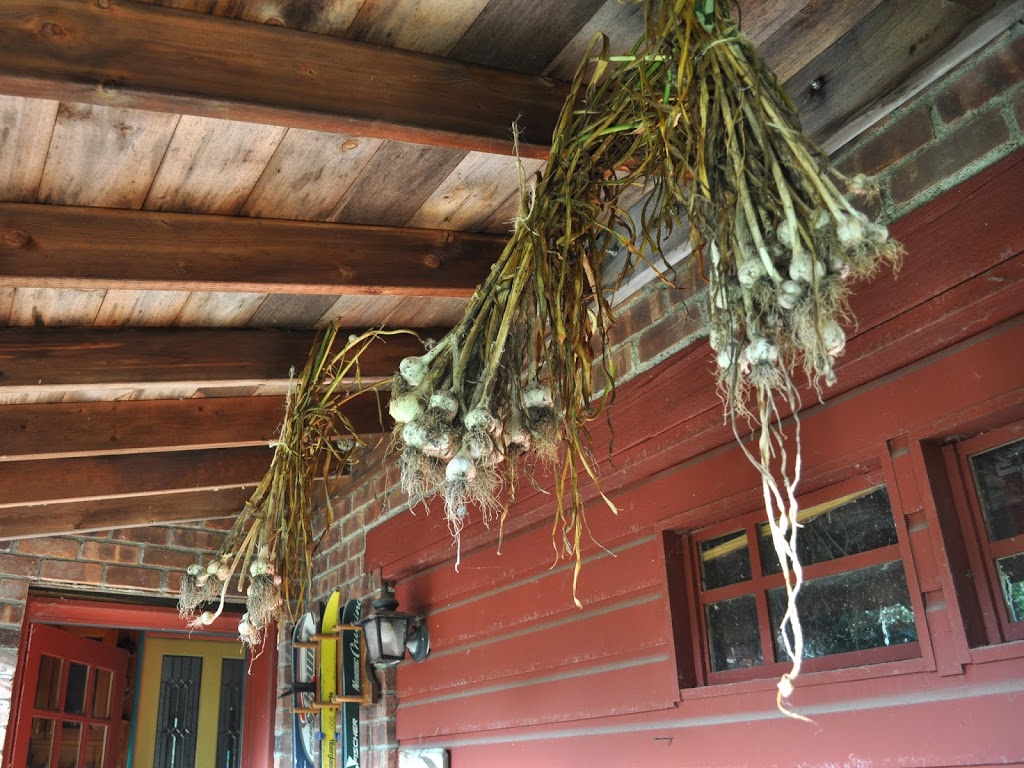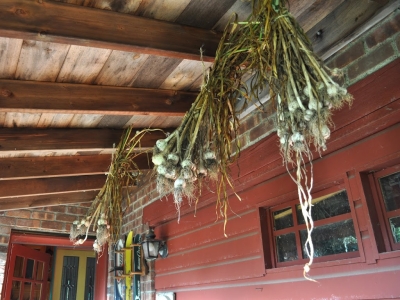My Dog and I Have Odd Tastes
In My Opinion . . .
Note: The following editorial comments represent the opinions of the writer and do not necessarily represent the opinions of the publisher.
I don’t understand the current — decades long, now — infatuation with the “stinking rose,” as garlic used to be called. Not to reveal my age, but I don’t remember ever seeing, smelling, or tasting garlic in my youth. Not that I didn’t; I just don’t remember it if I did. At any rate, in my family circle, at least, it would not have generated the undue enthusiasm it does these days. Whole festivals, for instance!
I don’t dislike garlic. Mostly, when I’ve used it, it’s flavor is lost when cooked. Except when roasting turns the texture satiny and the flavor bite-less; then it’s quite delicious spread on bread or baked potato, or mixed with vegetables. Mmmmm.
But still not worth planting. It’s my belief that many gardeners devote all too much space to growing garlic. Is home-grown garlic really that tasty, tastier than what you can pick off a supermarket shelf or from a bin at the farmers’ market?
I’ve seen very small vegetable gardens in which a third of the area was devoted to the stinking rose. For my money, I’d rather be picking fresh lettuce, asparagus, or peas — all of which taste significantly different and better within minutes of harvest than when bought from any market, farm or otherwise. Or peppers, tomatoes, sweet corn, or green beans, because I can choose the best tasting (to me) varieties to plant in my garden.
As you might guess, I don’t grow garlic — not in my vegetable garden, at least. Why devote even a square foot of space in that compost-rich, drip irrigated, sun-drenched ground to such a thankless vegetable?
I do sometimes grow garlic in various patches of open ground in the large patch of gooseberries, grapes, and a miscellany of other plants behind my garden. The only improvement that soil experiences is annual mulching with autumn leaves, which has enriched the ground below with humus. But no irrigation, which the garlic, planted in early autumn and then harvested the following summer, hardly needs because it can run on rainfall that falls in autumn through spring.
Garlic doesn’t seem to get the hint that I don’t particularly want to grow it. Enough bulbils that form at the tops of scapes touch down each year to make new garlic plants. Most are spindly, giving rise to Lilliputian cloves.  But if I want some garlic flavor in spring, I can pull stalks out of the ground, peel off the outer covered of leaf sheath, and chop up the ivory white lower portion for use. Many I just pull out and toss into the compost pile; the garlic is getting weedy.
But if I want some garlic flavor in spring, I can pull stalks out of the ground, peel off the outer covered of leaf sheath, and chop up the ivory white lower portion for use. Many I just pull out and toss into the compost pile; the garlic is getting weedy.
Okay, you garlic lovers, go ahead and pelt me with tomatoes. But hold the garlic.
Sammy Stalking
My dog Sammy has grown very fond of stalks. Asparagus stalks. Why can’t he channel that stalky affection to the garlic sprouting behind my garden? Perhaps some culinary magic with garlic poured over his dog food and guided walks over to some of the growing clumps could bring him around.
I planted asparagus outside the fenced vegetable garden with the knowledge (ha!) that no furry animals would dine on it. Sammy has plowed his way through or gracefully leapt over the temporary chickenwire enclosure meant to keep him asparagus-free. A recently purchased electric fence should keep him at bay — also from the persimmons, another of his favorites, later in summer. 
Of Mulch Importance
On a more serious note, now, with recent rains maintaining good soil moisture, is an ideal time to mulch. Earlier this season, mulch would also have been good, except that it would have delayed soil warming and, hence, seed germination, planting and growth of annual vegetables and flowers.
Mulch spread atop dry soil has to be wetted before letting water percolate down into the ground below. 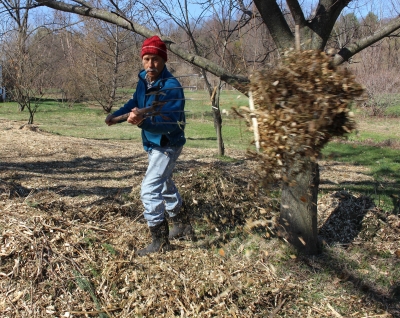 If spreading mulch is delayed until the soil turns dry, all the more water will be required to give the soil below a good drenching.
If spreading mulch is delayed until the soil turns dry, all the more water will be required to give the soil below a good drenching.
A large pile of wood chips sits on the far side of my wood pile, compliments of local arborists. Day by day, I’m spreading it for an attractive, soil enriching, moisture sealing blanket over my soil — even around my volunteer garlic plants.






